Ganesh Chaturthi
Ganesh Chaturthi, India’s beloved festival, exudes spirituality, unity, and vibrance. The festival transcends barriers, symbolizing new beginnings, obstacle removal, and learning. Over ten days, it unites communities, fostering harmony, as Lord Ganesh graces homes as a cherished guest. The celebration is incomplete without delectable treats, with devotees preparing Lord Ganesh’s favorite modaks as offerings
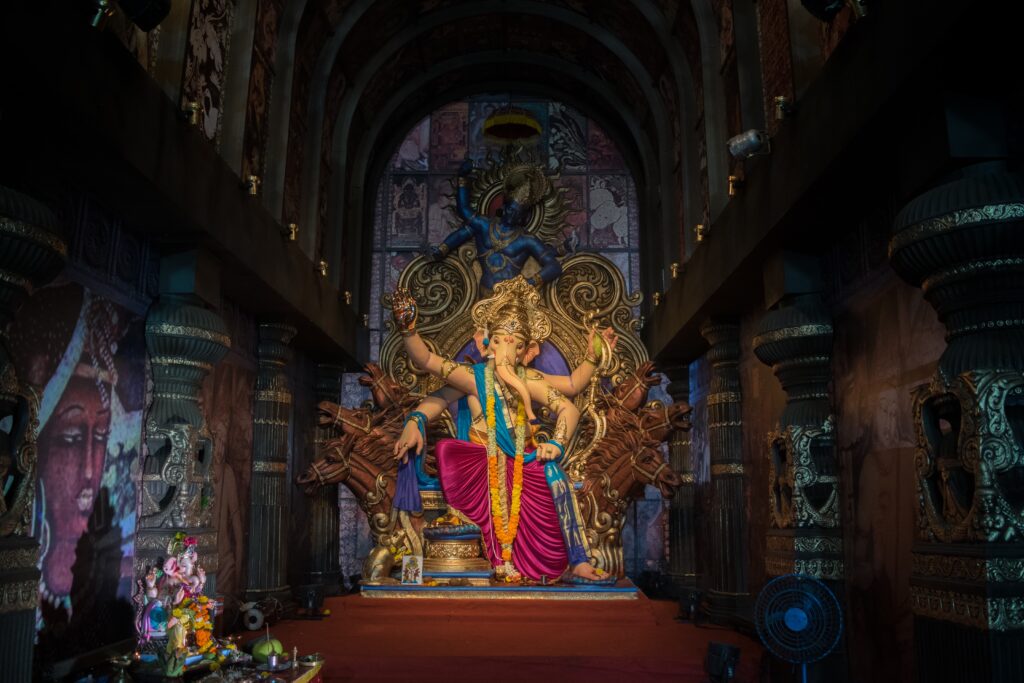
Ganesh Chaturthi, a Hindu festival dedicated to Lord Ganesha, spans ten days, from September 19 to September 28. Devotees perform the Shodashopachara Puja, a 16-step ritual, with utmost devotion to celebrate Ganesha’s birth.
People can choose to install Ganesha idols in their homes or communities, crafted from materials like clay, wood, or metal. The festival resonates with melodious bhajans and kirtans in honor of Lord Ganesha.
Temporary structures adorned with vibrant flowers, lights, and festive decor grace the surroundings. Visiting a Ganesha pandal offers an opportunity for prayers and active participation in the festivities.
History: The Emergence as a Celebrated Mass Festival
Ganesh Chaturthi, a festival deeply ingrained in the Indian culture, finds its zenith of celebration in the state of Maharashtra. Surprisingly, it wasn’t always a significant part of Maharashtra’s traditions until the Maratha reign introduced it.
Initially, Ganesh Chaturthi was a private affair, a domestic celebration. The turning point came with Bal Gangadhar Tilak (1856–1920), a prominent leader of the Indian Independence Movement.
He played a pivotal role in transforming Lord Ganesh into an influential cultural and religious symbol, fostering unity among the Maharashtrian people as a form of resistance against British rule.
The British authorities, though stringent about political opposition, refrained from meddling in religious practices. Consequently, the Ganesh festival became a platform for displaying national unity.
In 1893, Tilak revamped Ganesh Chaturthi from a family event into a grand public celebration.
Rituals and Traditions
Preparations for Ganesh Chaturthi commence months in advance, with skilled artisans crafting clay idols of Lord Ganesh in various sizes.
These idols find their homes in elaborately adorned pandals (temporary structures used in religious events) and households. The 10-day celebration adheres to the Hindu lunar calendar, with the most spectacular moments occurring on Anant Chaturdashi, the final day.
It all begins with the chanting of “Ganpati Bappa Morya” as thousands of devotees welcome the idol of Lord Ganesh into their homes. After installation, a sacred ceremony, known as Prana Pratishtha, invokes the divine presence into the statue.
This ritual involves the recitation of mantras, special worship, offerings of sweets, flowers, rice, coconut, jaggery, and coins, and anointing the idol with red sandalwood powder.
Over the next ten days, the idol is worshipped daily, accompanied by evening arti (prayer). It’s believed that Lord Ganesh was born at midday, making it the most auspicious time for these rituals.
Food – An Integral Component of the Festivities
India’s festivals are incomplete without a culinary extravaganza, each unveiling a unique array of flavors, influenced by regional specialties. Ganesh Chaturthi, spanning ten days, transforms the atmosphere into a carnival. It’s a festival that overflows with sweet offerings, reflecting Lord Ganesh’s reputed fondness for them. From modaks to laddoos and barfis, homes and sweet shops prepare an exquisite array of sweets.
Bhog
“Bhog” serves a dual purpose—it’s the food offered to those paying respects to Lord Ganesh and the food offered to Him during worship. In addition to sweets and other delicacies, fruits, especially bananas, are a prominent part of the bhog.
Modak
Modak, Lord Ganesh’s favorite sweet, holds a special place during the festival. Referred to as “Modakpriya” in scriptures due to His love for these dumplings, devotees offer modaks on the first day of Ganesh Chaturthi. They come in various forms, including steamed, dry fruit, chocolate, and fried modaks.
Laddoos
Laddoos, particularly motichoor laddoos, are another beloved choice for Lord Ganesh’s bhog. Motichoor laddoos are the most common variety offered to Him, with Lord Ganesh often depicted holding them.
Satori
Satori, a Maharashtrian sweet flatbread, is a treasured festival delicacy. Made from khoya or mawa, ghee, gram flour (besan), and milk, it boasts a rich flavor.
Coconut Rice
Coconut Rice is a prevalent offering in Western India. It involves soaking white rice in coconut milk or cooking it with coconut flakes, resulting in a delectable and aromatic dish cherished as bhog for Lord Ganesha.
To read more on Culture News Click Here
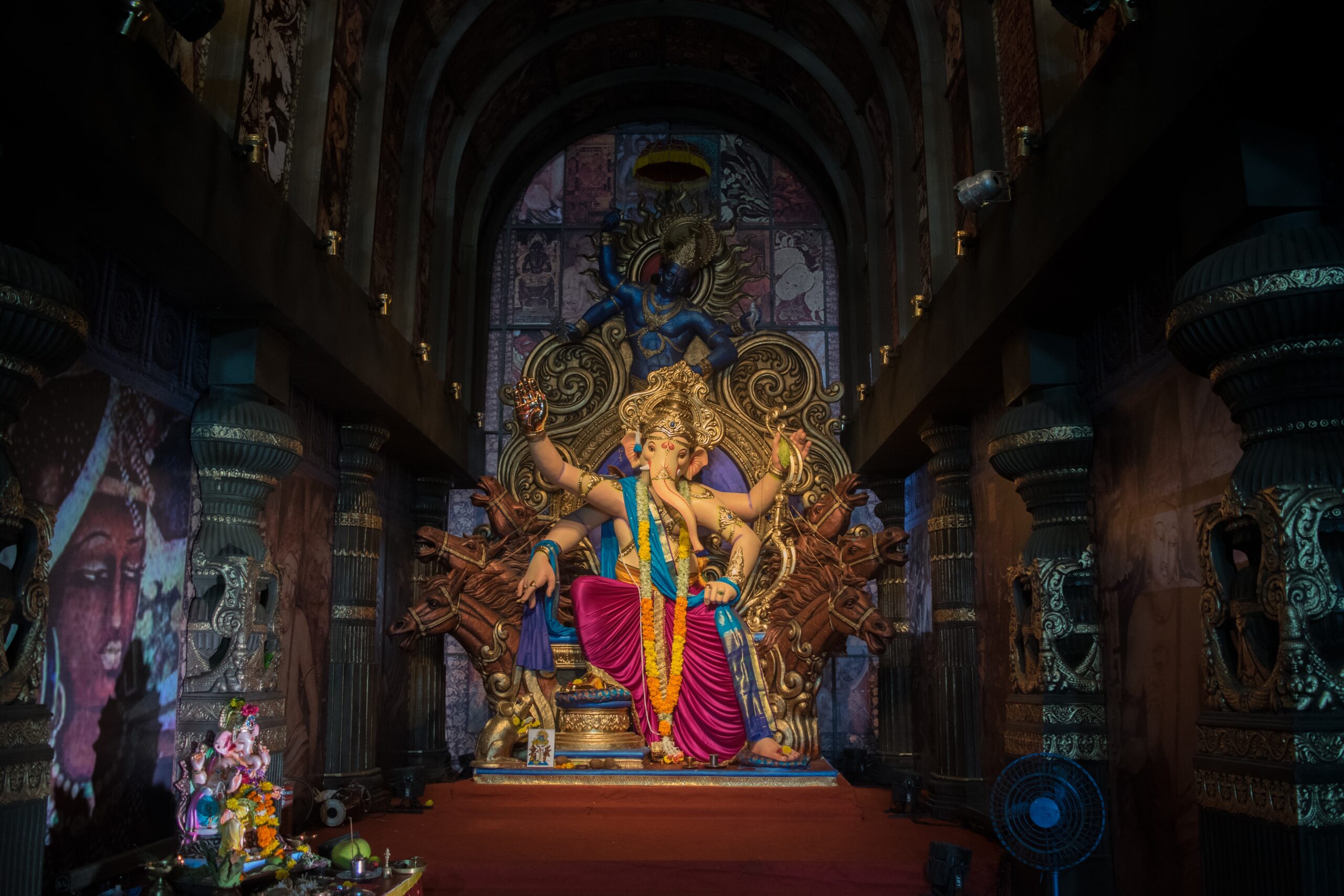





























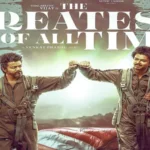

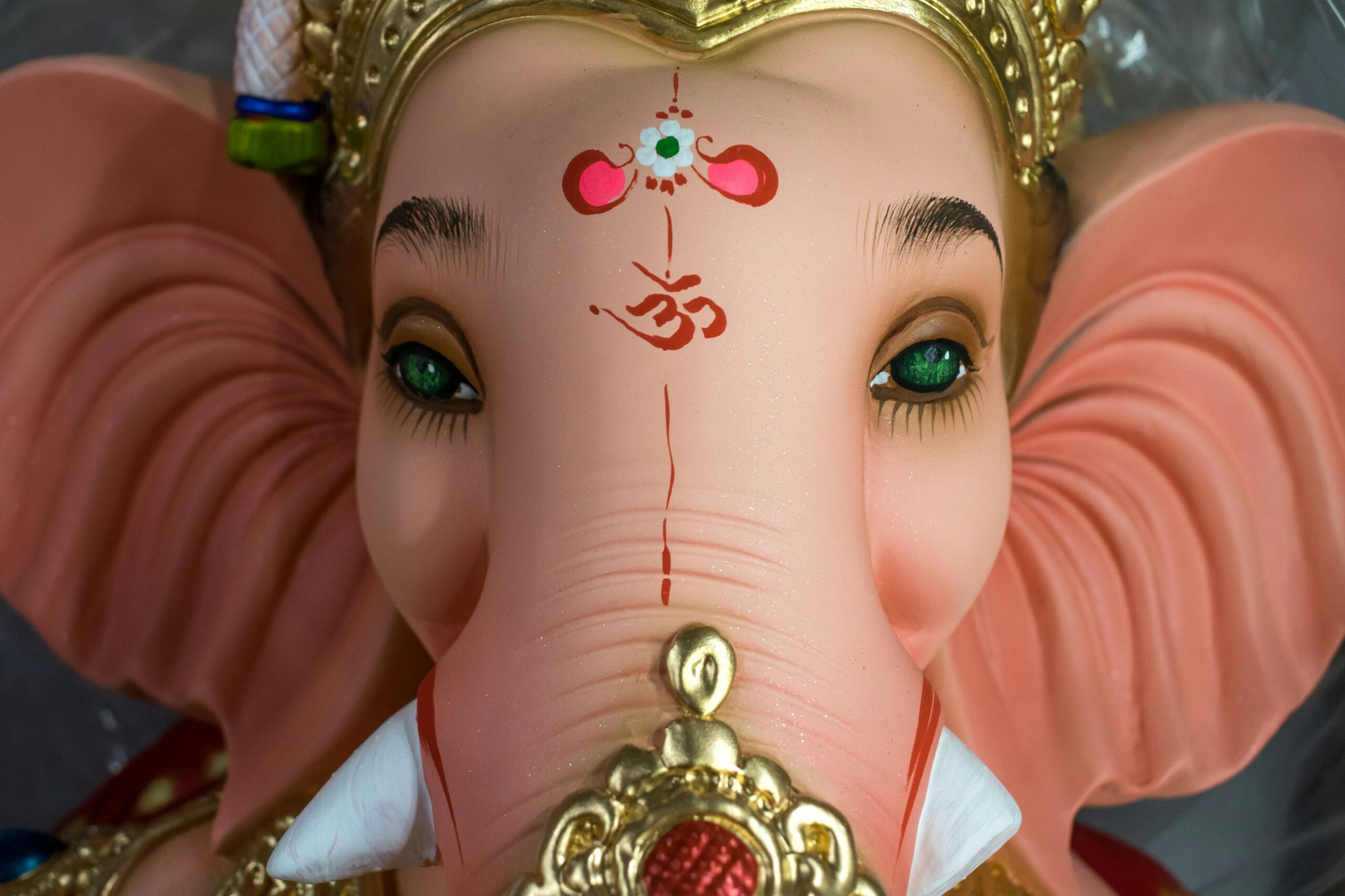


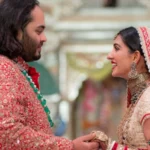
2 thoughts on “Ganesh Chaturthi Celebration of Hope & Prosperity 19-09-2023”